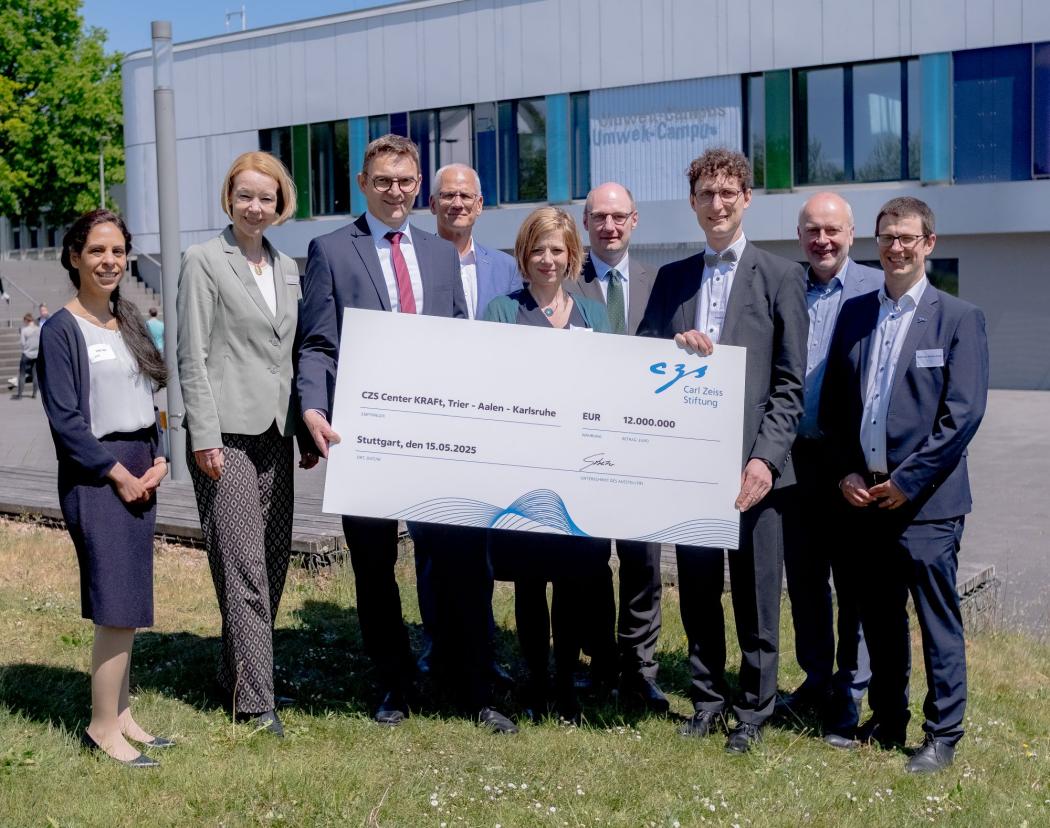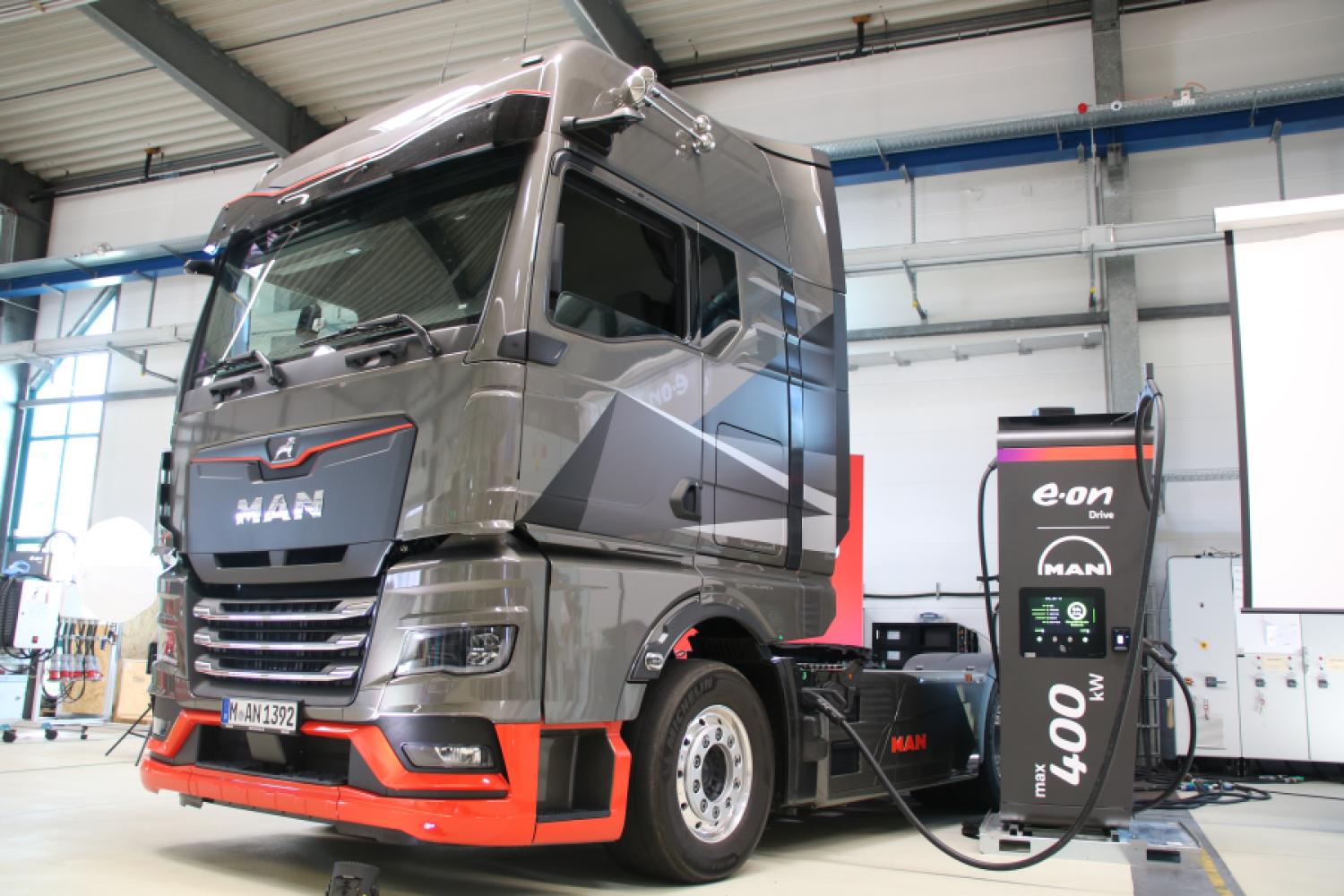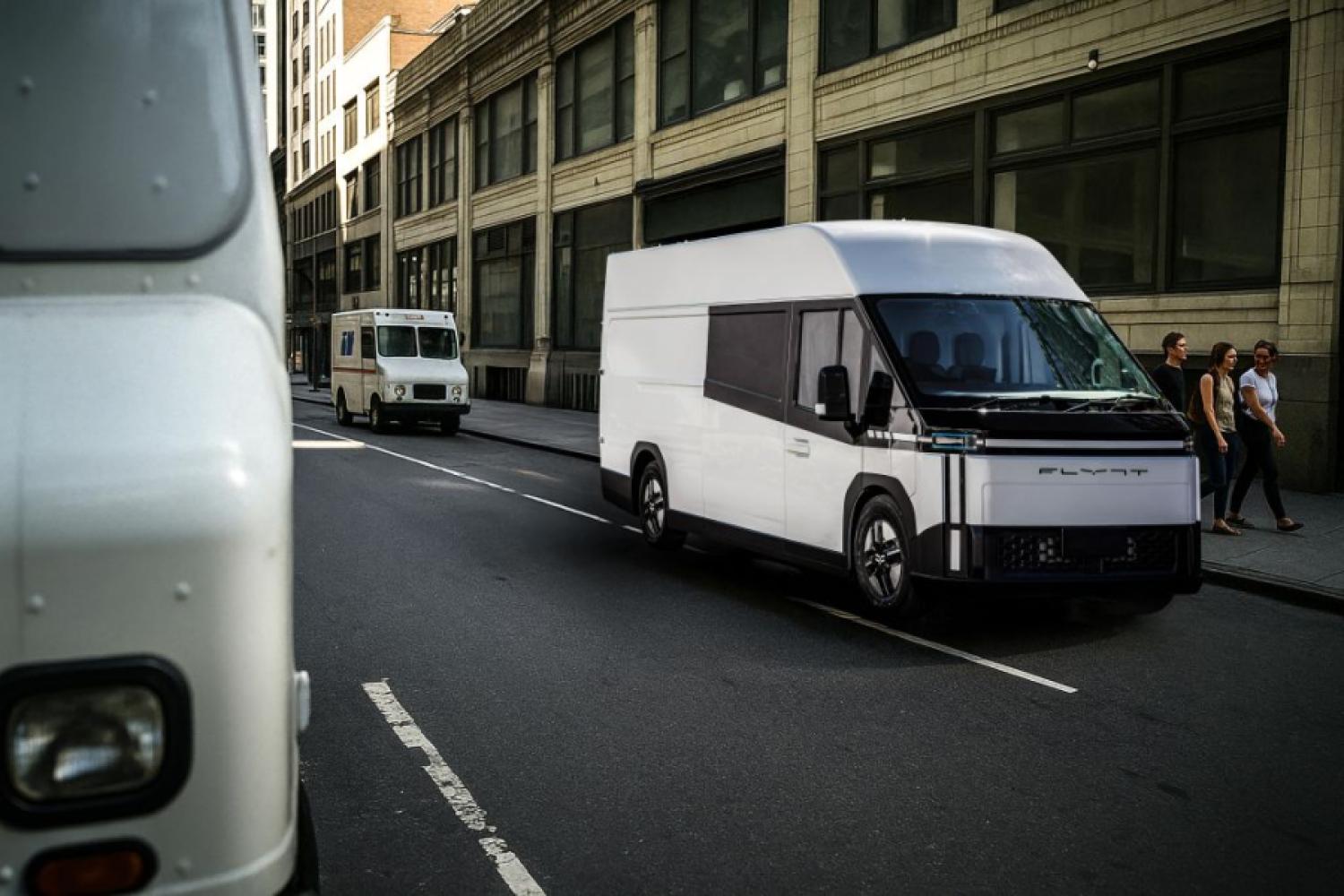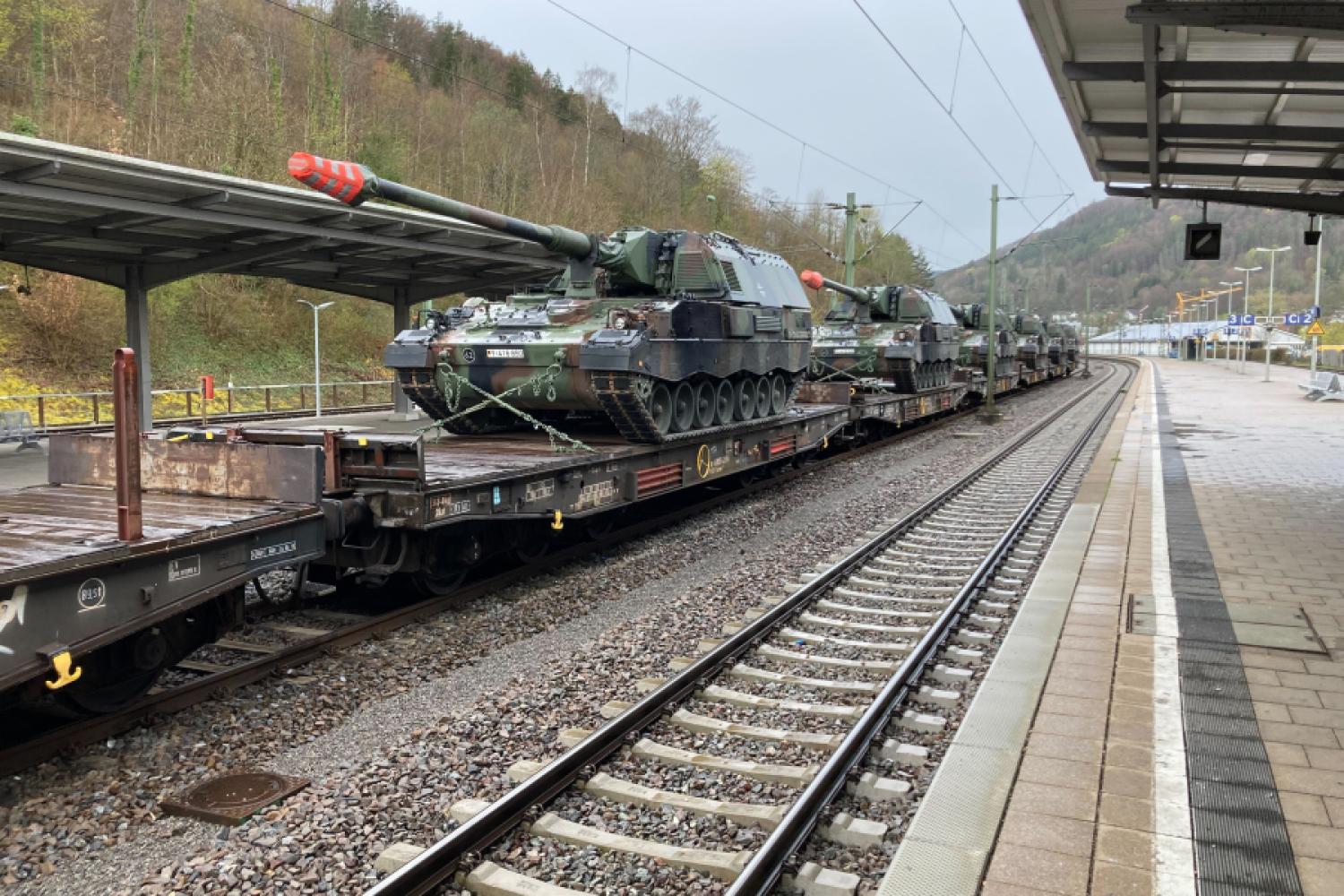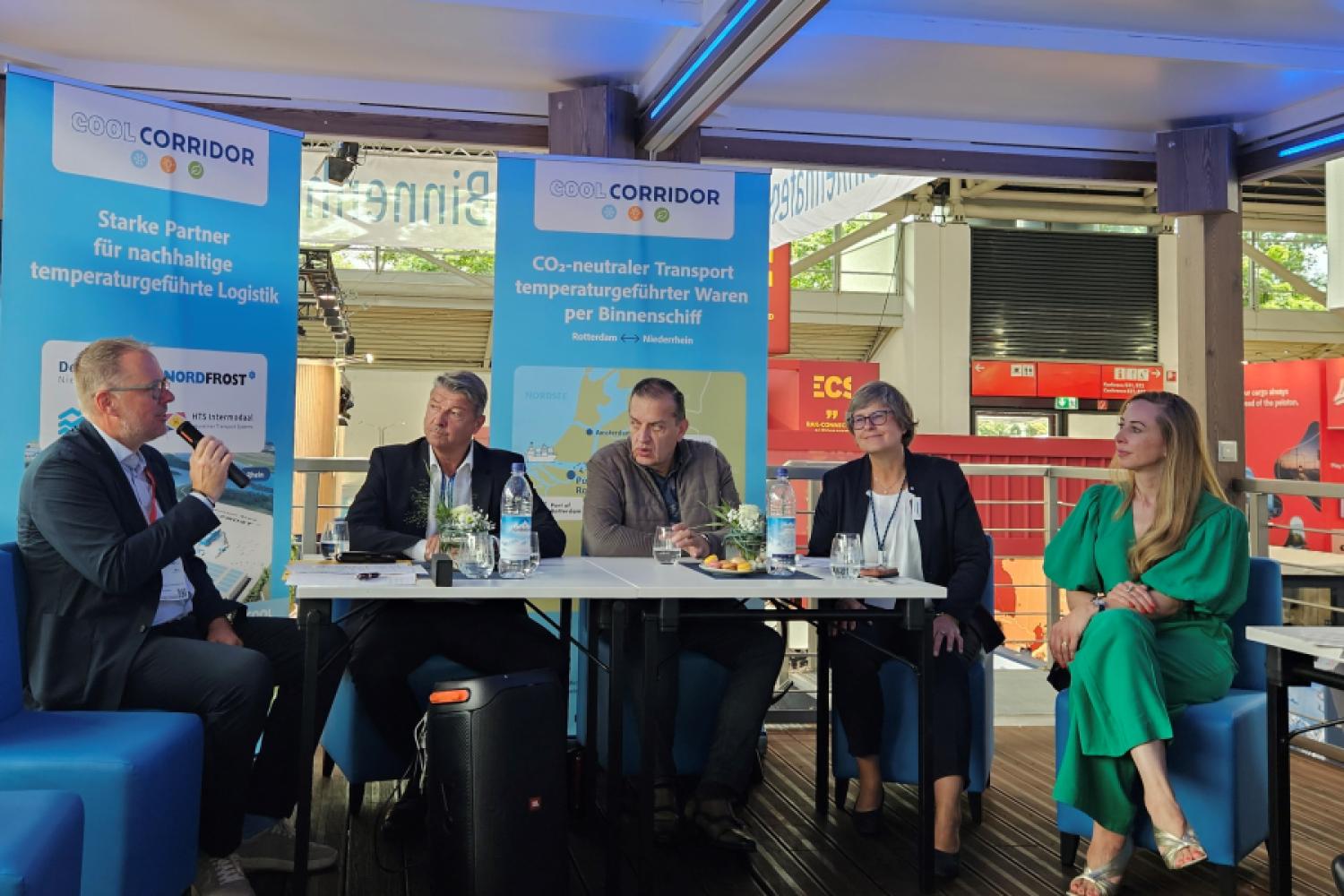Designing process chains in additive manufacturing to be more resource-efficient is the goal of the new CZS Center for Circular Economy and Resource Efficiency through Additive Manufacturing Technologies (Center KRAFt). The Environmental Campus Birkenfeld of Trier University, Aalen University, and the Karlsruhe Institute of Technology (KIT) are involved. The Carl-Zeiss Foundation is supporting the project with twelve million euros. The opening, with a symbolic check handover, took place on May 15, 2025, at the Environmental Campus Birkenfeld of Trier University.
The newly founded research association addresses the careful use of limited resources such as raw materials and energy, according to its own statements. The researchers utilize the potential of additive manufacturing. It enables the development of innovative components with high functionality and the targeted
use of specially prepared secondary materials in resource-efficient production in additive plastic and metal processes. This allows for saving resources during product manufacturing as well as throughout the manufacturing process.
Interdisciplinary Working Groups
Within the center, ten interdisciplinary working groups cover the entire process chain of additive manufacturing for plastics, metals, and technical ceramics—from precise material characterization to the analysis of material and energy data to the development of improved manufacturing processes and optimized products, according to a joint press release from the research partners.
“For sustainable growth of the economy and society, a more efficient use of resources is indispensable. As an interdisciplinary research association, the CZS Center KRAFt pools competencies across locations and takes a holistic view of the entire process of
additive manufacturing from various perspectives. This promises to offer new solutions for the circular economy,” said Dr. Felix Streiter, Managing Director of the Carl-Zeiss Foundation.
“In view of the limited availability of resources, we must urgently rethink and use them more sensibly with regard to future generations,” said Professor Thomas Hirth, Vice President for Innovation and International Affairs at KIT. “Only with sustainable innovations and resource-efficient technologies can we ensure a livable future for all. With the new center, we are contributing precisely to this.”
“With sustainable production methods, we can confront the challenges of scarce resources. Besides innovative ideas, this requires open, interdisciplinary, and trustworthy cooperation,” emphasized Professor Joachim Knebel, Head of Division III - Mechanical and Electrical Engineering at KIT. “We achieve
this by bringing together the innovative strength of young people and entrusting them with responsibility as well as granting them freedom in shaping solutions.”
The aim of the center is to produce high-quality precursor materials and make the entire process chain in additive manufacturing resource-efficient. In addition to optimizing ecological and economic parameters, participants conduct comprehensive life cycle analyses. This is intended to demonstrate and make visible how integrated secondary material use contributes to reducing the use of primary raw materials. Additionally, the center aims to capture and optimize energy chains in detail to make a sustainable contribution to resource conservation. Collaboration with 24 external cooperation partners, primarily from the industry, is also intended to ensure the transferability of newly developed solutions to various
